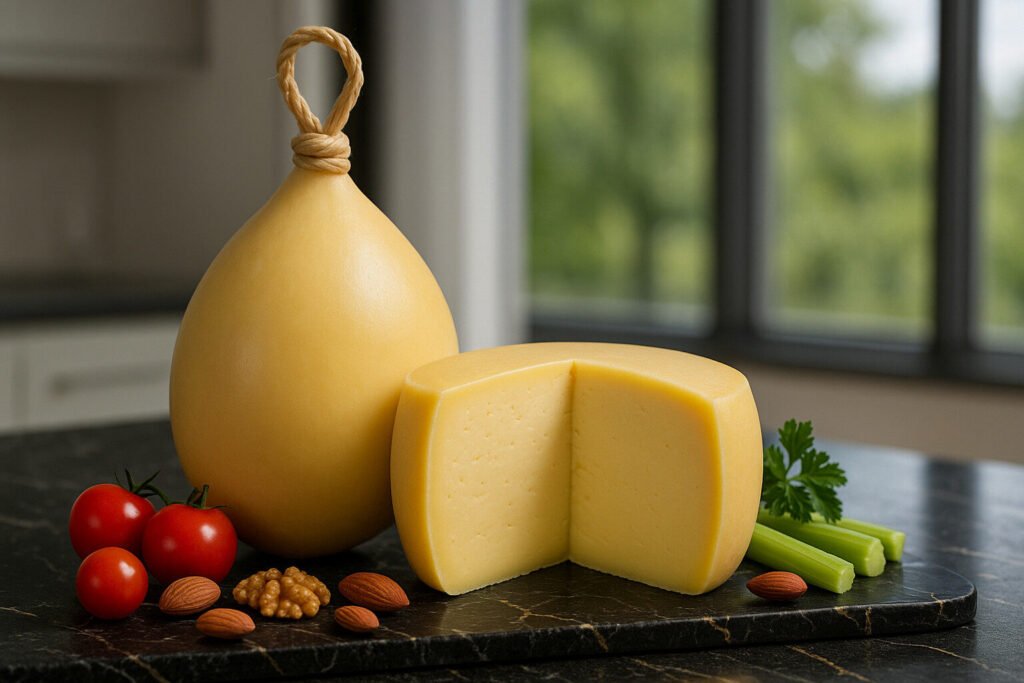Smooth Rind Cheese
Definition and Scope
Smooth rind cheeses feature a uniform, non-textured exterior surface formed during aging. This rind type develops through controlled humidity and regular turning, preventing mold growth. It is common in semi-hard to hard cheeses like Gouda and Edam.
The rind acts as a protective barrier, regulating moisture loss and flavor development. Cheeses with smooth rinds are typically aged for weeks to several years. Their production requires precise environmental control to maintain the rind’s integrity.
Production Process
Producers create smooth rinds by washing or brushing young cheeses during aging. This process removes natural molds and encourages a smooth, firm surface. Cheeses are often waxed or coated to prevent cracking and retain moisture.
Temperature and humidity levels are carefully monitored throughout maturation. Regular turning ensures even rind formation and prevents moisture pooling. The resulting rind is edible but often removed before consumption due to its dense texture.
Sensory Profile
Smooth rind cheeses typically offer mild, buttery flavors with nutty undertones. Their texture ranges from semi-firm to hard, becoming more crystalline with extended aging. The paste is generally uniform in color and consistency.
These cheeses lack the earthy or mushroom notes found in bloomy or washed rind varieties. Instead, they present clean, milk-forward flavors with occasional caramel sweetness. Aging intensifies their savory characteristics while maintaining smooth mouthfeel.
Culinary Uses
Smooth rind cheeses excel for slicing and melting in cooked applications. They perform well in grilled sandwiches, casseroles, and cheese sauces. Their structural integrity makes them ideal for cheese boards and platters.
Younger versions work well in salads and sandwiches where mild flavor is desired. Aged varieties are often grated over pasta or eaten alone as table cheeses. Their consistent texture makes them reliable for both cooking and direct consumption.
Regional Examples
Dutch cheeses like Gouda and Edam represent classic smooth rind styles. These are typically coated in red or yellow wax for protection. Their production follows centuries-old traditions in the Netherlands.
Other examples include Italian Asiago and some Swiss-style cheeses. French Cantal also features a natural smooth rind when aged properly. Each region applies local techniques that influence the final rind characteristics and flavor profile.

